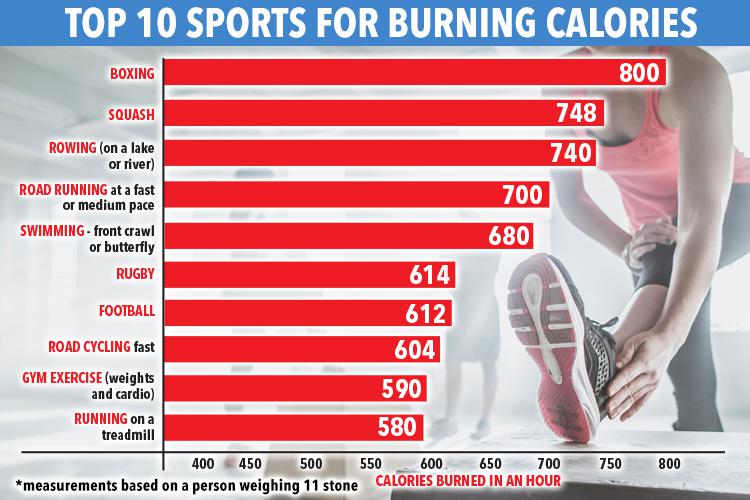
Did you know that certain types of skiing burn more calories? This article will explore the differences between downhill and cross-country skiing and how the physical demands of each differ. Off-piste is another option that can increase your calorie intake. You can expect to burn more calories in this activity than traditional skiing. Learn how to make skiing a more enjoyable sport.
Skiing uphill burns more calories
Uphill skiing is more beneficial than downhill. Skiing can be calorie-dense, but you need to understand how these factors affect your body. This will allow you to optimize your workout and reap the benefits of your skiing. Here are some things you should consider:
Generally, a standard cross-country skier can burn up to 550 calories per hour. The most intense form of skiing, known as skate skiing, can burn up to 1,100 calories per hour. Nordic skiing offers a more strenuous form of skiing. They can burn about the same calories as standard skiers. Nordic skiing does require you to climb up steep hills. Nordic skiing burns as much as running so include moderate calories into your daily diet.

Downhill skiing burns more calories
Skiing can burn a lot of calories, and it all depends on how you are doing. As it includes both aerobic as well anaerobic activities, downhill skiing can be one of the most effective winter sports in terms of calorie burning. Harvard Medical School's research has shown that a person with a body weight of around 155 pounds can burn around 532 calories during an hour of downhill ski. When skiing, the amount of calories you burn is directly proportional with your body weight.
Experts recommend that beginners spend an hour on ski slopes before deciding to learn downhill skiing. Skiers should be able to make dynamic turns that strengthen their core muscles as well as increase their flexibility. To gain momentum while climbing the mountain, skiers should also use poles. Even though beginners burn less calories than experts, the overall workout is intense and leads to more calories. Consider a downhill ski-specific fitness program to maximize the benefits of your downhill skiing sessions.
Cross-country skiing burns more calories than downhill skiing
Cross-country skiers are a great option if you want to burn more calories skiing. For a 150-pound person, the same effort required by a skilled cross-country skier can result in 500 calories per hour. While downhill skiing pushes your core to the max, cross-country skiing requires you to constantly push forward, meaning that you'll burn more calories in less time.
According to Harvard Health Publications, cross-country skiing burns approximately 1,000 calories per hour, which is almost double the amount of calories burned by downhill skiing. Skiing can also be done on snowshoes. You can expect to burn between 350 and 500 calories per hour depending on your level of difficulty. However, the CPA only provides estimates for certain sports, such as freestyle snowboarding.

Off-piste is a type of skiing that requires more effort.
Off-piste skiing is more difficult and requires more technical skills. Skiing in off-piste conditions requires the ability to ski in a variety of styles, including short turns and speed control within a narrow corridor. Start with easy terrain and then move on to more difficult slopes. If you push yourself to improve your skiering skills, you will find it easier to turn and develop a mental habit.
Off-piste skiing requires specific equipment, like wider skis for powder and stiffer skis for harder snow. In powder, the wider the skis, the easier it is to turn. In crusty snow, you'll need to learn how to maintain even weight distribution on both skis. Hard-pack snow requires that you remain seated and that your weight is evenly distributed across both skis. Similarly, thin snow with protruding rocks requires a slow, deliberate technique. These skills can only be learned with the help of proper training.
FAQ
Are there any side effects of intermittent fasting?
Intermittent fasting does not have any known side effects. You might have minor problems if your plan is not well thought out.
For instance, if breakfast is skipped, you might feel uneasy all day. Also, you might experience dizziness, headaches, fatigue, muscle cramps, and dizziness.
These symptoms typically disappear in a matter of days.
What is the best exercise for weight loss?
There are many factors that affect the amount of exercise you need to lose weight. However, generally speaking, most people need at least 30 minutes of moderate physical activity five days per week.
The American College of Sports Medicine recommends 150 mins of moderate-intensity aerobic exercise per week spread over three consecutive days.
For example, if you want to lose 10 pounds, aim to do 300 minutes of moderate-intensity exercise each week. This includes activities like jogging or running, swimming laps and biking.
If you're just starting out, consider doing 20 minutes of vigorous activity thrice weekly. These activities could include sprints and lifting weights.
Aerobic exercise also helps burn calories and build muscle mass. Muscle burns more calories per calorie than fat. Building muscle and losing weight could help you get there faster.
How to make an exercise plan?
First, create a routine. It is important to plan what you will do each morning and how much time you will be doing it. This will help you plan ahead and prevent procrastination.
Second, make sure that your workouts are varied. Exercise shouldn't be boring. Otherwise, you'll lose motivation.
Also, you need to keep track on your progress. It is crucial to track how much weight has been lost or gained.
It is easy to lose motivation after you have lost weight. It's harder to stay motivated if you gain too many pounds.
Try to strike a balance in your weight loss and weight gain. If you are unhappy with your current situation, you will be less inclined to exercise.
Statistics
- According to a study sponsored by the American Council on Exercise, a person weighing around 140 pounds (64 kg) would burn 108 calories at a 30-minute beginner's Pilates class or 168 calories at an advanced class of the same duration (26). (healthline.com)
- Among women, the increase in metabolic rate was nearly 4%, or 50 more calories per day (14Trusted Source (healthline.com)
- According to Harvard Health, it's estimated that a 155-pound (70-kg) person burns around 167 calories per 30 minutes of walking at a moderate pace of 4 mph (6.4 km/h) (5). (healthline.com)
- One 6-month study showed that simply doing 11 minutes of strength-based exercises 3 times per week resulted in a 7.4% increase in metabolic rate, on average. (healthline.com)
External Links
How To
How to lose weight fast without exercise
It is best to eat less calories than you burn to lose weight quickly. This will allow your body to begin burning stored fat for energy. In order to get enough calories your body will start to degrade muscle tissue. This can lead to some muscle loss. While you can still lose weight, if your diet doesn't include exercise, you'll likely lose even more muscle mass.
To lose weight quickly and without exercising, you need to cut down on your calorie intake. While many people believe they need to cut back on their food intake, it is not the truth. If you are looking to lose weight, it is important to consume fewer calories per day than you burn. How much should you consume each day? It depends on how much you exercise each day. A runner who walks three miles each day would only need about 2,500 calories per week. Someone who works at a desk all day long would require around 1,600 calories daily. Someone who exercises (e.g., lifting weights) daily would need around 1,600 calories.
When you want lose weight, it is important to cut down on your caloric intake. Many people think that they should eat less food because they feel like they're starving themselves. However, this is not the truth. Your body doesn't care if your hunger pangs are gone or not. It just wants to be healthy. Tracking your calorie intake is key to losing weight. Many online apps allow you to track your calorie intake. These apps include MyFitnessPal and Calorie Counter.